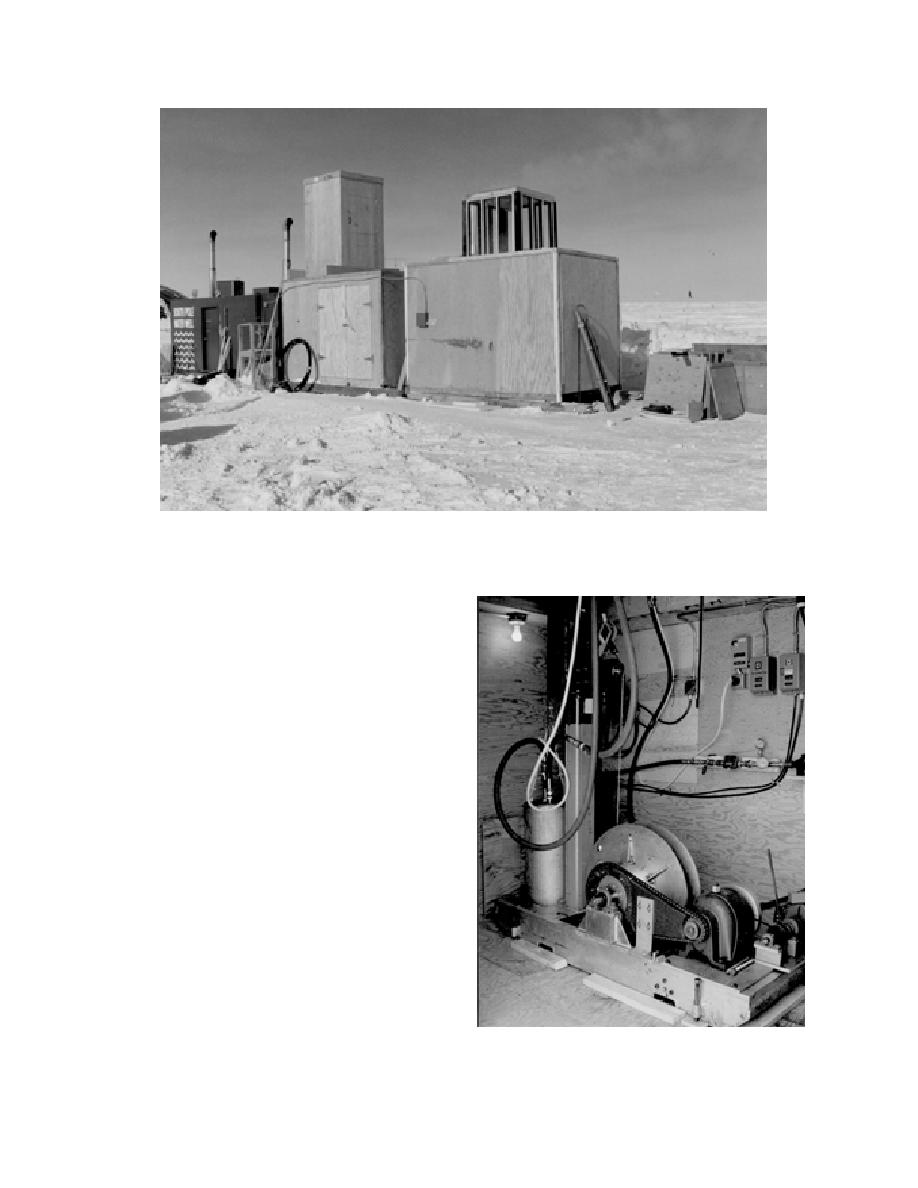
Figure 10. Work space at the SPWW, consisting of a winch room directly over the access hole and an
adjoining laboratory.
collector deployment). More importantly, the cam-
era revealed that the well bottom contained iso-
lated dark pockets of particulates and that
these pockets coincided with sculptured features
in the ice that were arcuate and half a meter
deep. We decided to deploy the 1.2-m
collector because it could more easily negotiate
the sculpted topography than could the 2.4-m
collector.
We successfully deployed and retrieved the 1.2-
m collector six times and obtained five separate
collections (one filter deployed twice) totaling
about 200 g of material. Appendix C lists the de-
ployments and shows the collector configuration
for each. The collector provided a scale upon
which to judge the well-bottom topography. It was
much more complicated than we expected based
on published shapes of earlier Rodriguez wells
(Schmitt and Rodriguez 1963, Russell 1965, Will-
iams 1974, Lunardini and Rand 1995). It consisted
of a gently curved central plateau (about 18 m2)
sculptured at its periphery into fairly steep arcu-
ate dips that were 0.30.6 m below the plateau and
13 m wide; these dips led to smaller plateaus (1
3 m2) (Fig. 12). Farther away from the center, the
bottom rose steeply and the sculptured features
Figure 11. Hot-water drill used to drill second access
appeared to be more severe (either deeper or at
hole to the SPWW.
14



 Previous Page
Previous Page
